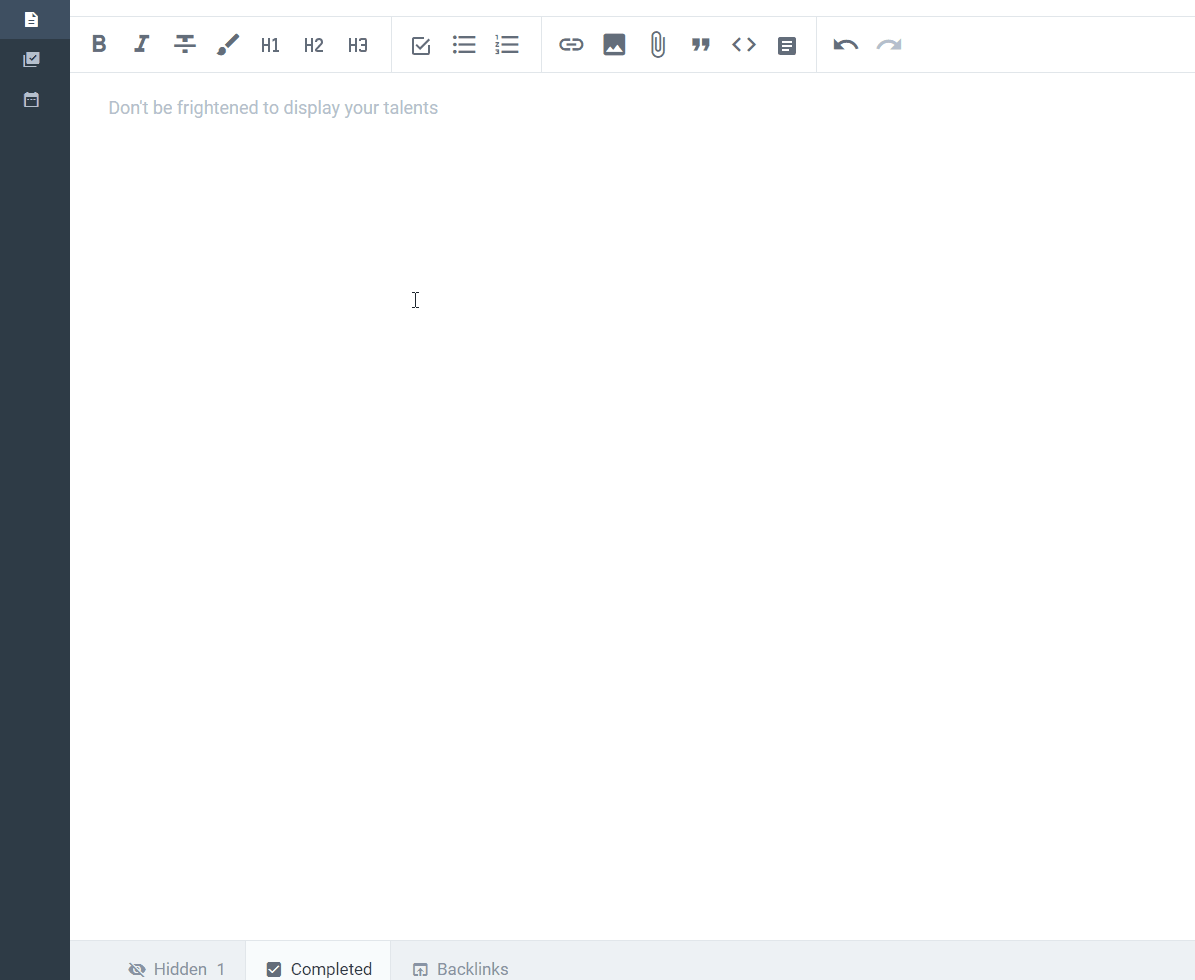linkIntro
template = a note that can be reused multiple times (eg. checklists, meeting notes, repetitive processes etc.)
template (in Amplenote) = a note that is locked and titled with "Template:" at the beginning
note UUID = the internal identifier of a note inside your notebook; inside the URL of a note, the UUID lies after
amplenote.com/notesand before any?sign (like this)public note token = the external (public) identifier of a published note (in the publish note menu and in its public URL)
Note templates in Amplenote enable you to quickly create repetitive scenarios and duplicate the content of other notes. You can also share your templates with the web by using "new note links". Read more below.
💡 Also check out: this annual review template
linkInserting a template into an existing note
Given an existing template in your notebook (eg. a "daily startup" template you might want to insert into your jot every day, you can simply use:
an "at" sign followed by an "equal" sign to start searching for the name of your template.

@= and [[= are equivalent
@= is just one of many ways to use note linking capabilities in Amplenote. Check out: Note linking guide (at @ and double-bracket [[ notation)#Inserting a section of another note.
linkCreating a new note from a template
As an alternative, you can also create a note from a certain template note. Given an existing note that serves as your template:
Preface the template note title with Template:
Now, when you type the name of the template in Quick Open (which you can access with Ctrl-O or Cmd-O), you will see an option to create a new note based on your template:
When a note starts with the word "Template:" and has been locked (Triple dot -> More Options -> Lock Note), you'll be given an option from the Quick Open menu to create a copy of it
Clicking on that second option will open a new note where you can change the title to include today's date.
💡Optional suggestion: Apply a tag like templates to all of your templates, to keep them nicely organized and easy to find.
linkCreating a gallery of templates using the "new note" link
You can create links that will beget the creation of notes from existing templates. To do so, you start by defining a link that will create a new note: https://www.amplenote.com/notes/new. Then you can add any of the optional parameters to customize your new note:
the source parameter is used to specify the note UUID of the template that is to be duplicated (check out 💡 How to get the UUID of any note for more info),
the name parameter specifies the initial name for the new template instance,
the tags parameter accepts a list of comma separated tags to add to the newly created note.
For example, if you have a template called "Template: Bonanza Manager review for Employee" with the note UUID ABC123, the following link will duplicate that template while renaming it "Bonanza Employee review" and adding the tags "bonanza/reports" and "shared".
The final link would work like this:
Setting up a link to create a new note from a template
Notice how links that will create a new note use a different Rich Footnote icon than a vanilla link would use.
linkSharing note templates
Remember the "new note link" functionality? Well, it works with public notes too. If you want to share a template with the Internet, all you have to do is:
Publish your template note using the note options
Create a new note link, and set the source parameter to public-1234, where 1234 is your public note token
Share your new note link with the world!
Say my public note URL is /help/using_note_templates. That means my public note token is cypvuTF7d1LCXNy5CDGYhM9H. So my template URL will be
When someone clicks on my link, they will see a new Amplenote window being open (prompting them to login or create an account if one is not found in their browser). After the user is logged in, the source note I created will be duplicated into that user's notebook.
Note that public new note links work with the same parameters, so "title" and "tags" are supported here as well!

